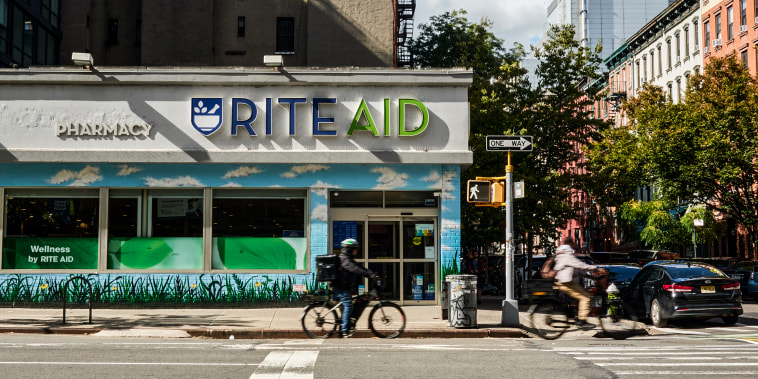 , experts say
, experts say
Rite Aid’s announced bankruptcy filing may slow, but not stop, the disappearance of pharmacies across the country.
In recent years, both major chain and independent drugstores have been shuttering as retailers respond to changing consumer demands. Analysts say market forces and economics, not the specific bankruptcy filing, will determine whether more stores close down in the coming months and years.
Rite Aid, based in Camp Hill, Pennsylvania, has struggled for years as competitors such as CVS and Walgreens have gained market share. Walmart and Amazon have further eroded Rite Aid’s business in recent years, as have independent pharmacies thanks to new technologies that allow customers to order and receive medications online.
The decline of traditional storefront pharmacies is a trend that experts say will continue, regardless of Rite Aid’s filing.
“Rite Aid is not the only factor contributing to the closing of pharmacies,” said Kari Hackett, a healthcare analyst at the consulting firm Milliman. “There are a multitude of factors, such as competition from Walmart, new drug delivery services, and pharmacy benefit managers that are reshaping the pharmacy marketplace.”
Hackett said that moving forward, the challenge for drugstores will be to find new ways to remain competitive and attractive to customers. She said that could include shifting away from traditional pharmacy services and instead emphasizing specialty drugs or health and wellness services.
Ultimately, Hackett said the market will also determine how many stores will remain open. “There’s already overcapacity in the pharmacy marketplace,” she said, “so the question is how many stores is the market going to support?”




